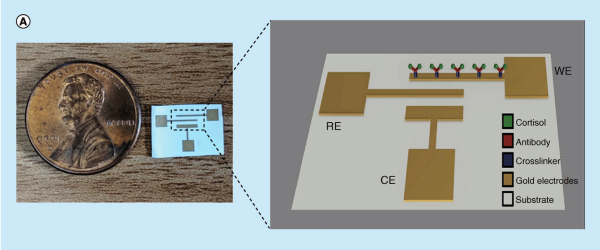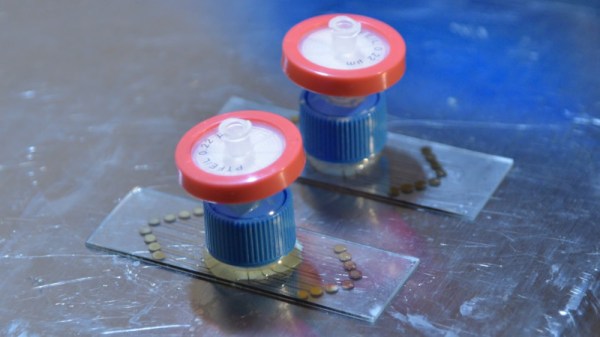Alvin Lucier was an American experimental composer whose compositions were arguably as much science experiments as they were music. The piece he is best known for, I Am Sitting in a Room, explored the acoustics of a room and what happens when you amplify the characteristics that are imparted on sound in that space by repeatedly recording and playing back the sound from one tape machine to another. Other works have employed galvanic skin response sensors, electromagnetically activated piano strings and other components that are not conventionally used in music composition.
Undoubtedly the most unconventional thing he’s done (so far) is to perform in an exhibit at The Art Gallery of Western Australia in Perth which opened earlier this month. That in itself would not be so unconventional if it weren’t for the fact that he passed away in 2021. Let us explain.
Continue reading “Posthumous Composition Being Performed By The Composer”




















